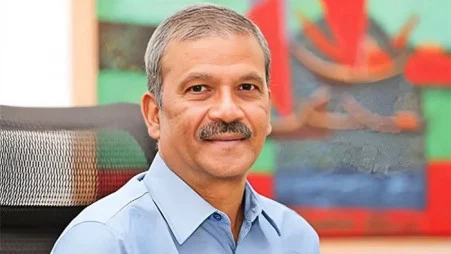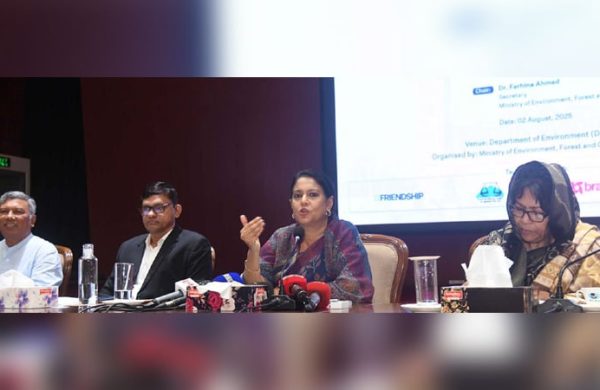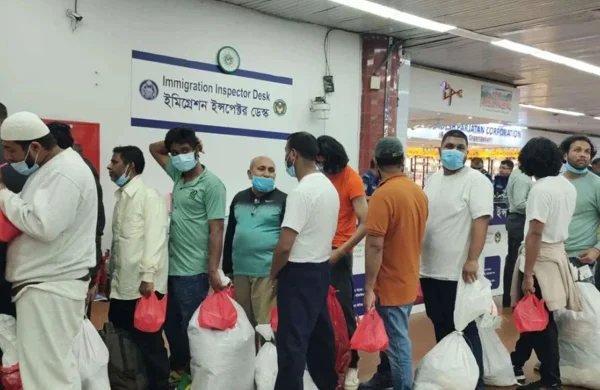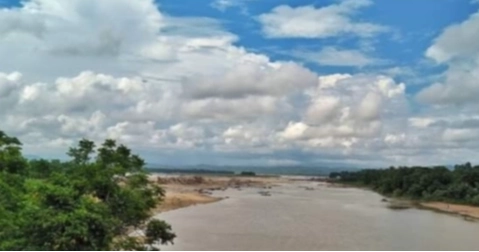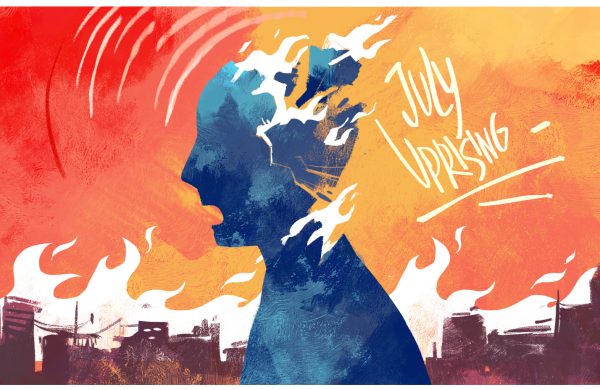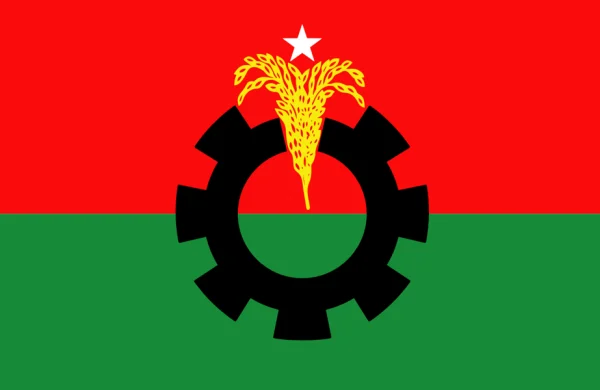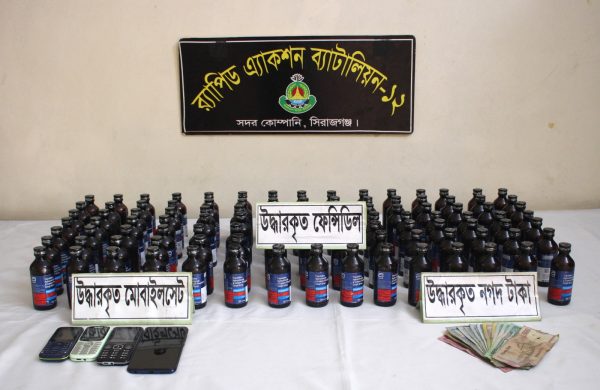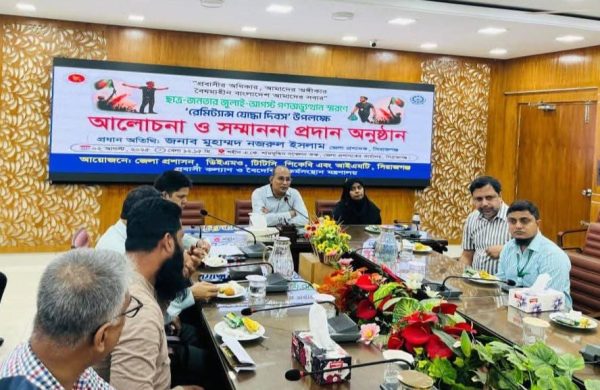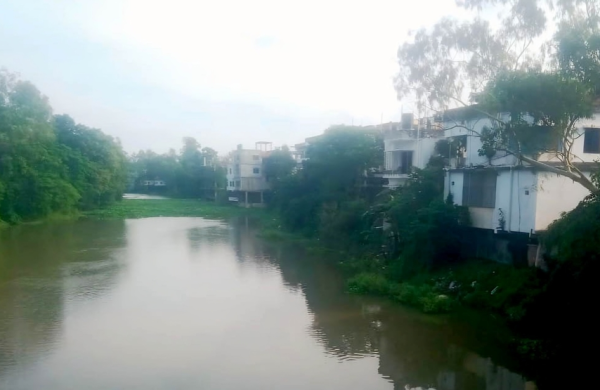Altered flow, pollution drive hilsa away from the bay
- Update Time : Saturday, August 2, 2025
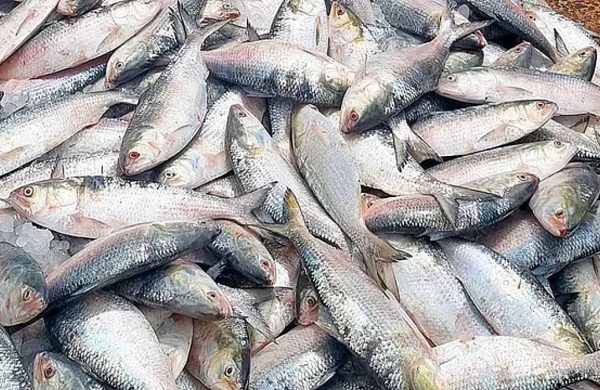
Staff Correspondent:
On the quiet shores of Saherkhali Point, where the Karnaphuli River meets the Bay of Bengal, the sea no longer sings the same song it once did. The rhythmic splash of nets, the laughter of fishermen hauling in silver-scaled hilsa under golden dawns – these memories are fading, like footprints in the receding tide.
For generations, the people of Mirsarai have lived by the pulse of the hilsa season. The fish was not just food; it was identity, livelihood, legacy. But today, the sea is silent. The hilsa has vanished – not overnight, but slowly, painfully, like a loved one slipping away from illness no one can name.
A GOLDEN DEER IN THE SEA
“Hilsa is now a golden deer,” says Jadu Jaldash, his voice trembling with grief. “We chase it, we dream of it, but we never catch it.”
Jadu, 58, has spent 40 years on the water. His hands are cracked like sun-baked clay, his eyes etched with salt and sorrow. He speaks not just as a fisherman, but as a man mourning a way of life.
“In my father’s time, the sea would shimmer with hilsa,” he recalls, staring at the empty horizon. “Now, we go out for days and come back with nothing but silence.”
HE IS NOT ALONE.
In Domkhali Jaldash Para, Ratan Jaldash, a wiry man with tired eyes and a younger family to feed, sits on the edge of a broken boat. He used to buy nets on credit during the hilsa season, repaying the loan with the first catch. But now?
“I borrow from NGOs just to survive,” he whispers. “My children ask, ‘When will you bring fish again, Baba?’ I have no answer.”
The numbers tell a story of loss
The data is brutal in its clarity.
In 2020, Mirsarai fishermen harvested 327.4 tonnes of hilsa. By 2024, that number had collapsed to just 36.49 tonnes – a staggering 227-tonne drop in five years.
Each tonne lost is not just a statistic. It is a families missing meals. It is children pulled from school. It is people forced to abandon the sea – the only world they have ever known.
Ajay Jaldash, once a proud third-generation fisherman, now works in the rice fields.
“I didn’t choose this,” he says, wiping sweat from his brow. “I was thrown into it. The sea betrayed me. Or maybe… we betrayed the sea.”
WHY IS HILSA DISAPPEARING?
Experts point to a perfect storm of ecological betrayal.
The river and sea tide that forgot to flow
Hilsa, the national fish of Bangladesh, depends on the delicate dance between saltwater and freshwater. It migrates from the sea to rivers to spawn. But upstream dams, water diversions, and siltation have choked the flow of freshwater into the Karnaphuli. The fish can’t find their way home.
POLLUTION: THE SILENT KILLER
The Mirsarai Economic Zone, hailed as a beacon of industrial progress, now looms like a shadow over the sea. Factories discharge untreated waste. Dredgers roar day and night, tearing up the seabed to reclaim land. The once-pristine estuaries are now thick with sludge and chemicals.
“Hilsa don’t just swim – they breathe the water,” says Dr Md. Harun-or-Rashid, former chief scientific officer at the Bangladesh Fisheries Research Institute. “When the water is poisoned, they don’t come back. They can’t.”
CLIMATE CHANGE: THE UNSEEN HAND
Rising sea temperatures, erratic monsoons, and stronger cyclones have disrupted the hilsa’s breeding cycle. The fish are sensitive to temperature and salinity. Now, the sea is too warm, too unpredictable.
HABITAT DESTRUCTION
Sand dredging, land reclamation, and underwater construction have destroyed the natural reefs and shoals where hilsa spawn. “It’s like burning a bird’s nest and wondering why it doesn’t return,” Dr Rashid says.
THE IRONY OF CONSERVATION
The government has imposed seasonal bans on hilsa fishing, six months in rivers, four months in the sea, to protect breeding. But the fishermen feel the burden.
“We’re the ones punished,” says Ratan. “We sit idle, our families starve. But who stops the factories? Who fines the dredgers?”
The irony cuts deep: the very people asked to sacrifice for conservation are the least responsible for the crisis.
A FUTURE WITHOUT HILSA?
At Saherkhali Point, one of only five designated hilsa breeding zones in the country, the irony is unbearable. Instead of protecting this sanctuary, industrial development is devouring it.
Senior Upazila Fisheries Officer Ariful Islam admits the crisis: “The ghats have changed. The breeding grounds are gone. The hilsa don’t come here anymore.”
He pauses. “We are worried. But we are powerless.”
ECHOES FROM THE SHORE
On the beach, children play with a single, small hilsa – not caught, but bought from the market. They pretend to fish, laughing, unaware that their future may never know the real thing.
THEIR PARENTS WATCH IN SILENCE.
This is not just about a fish. It is about culture. About food security. About the cost of “development” measured in broken lives and dying traditions.
As the sun sets over the Karnaphuli, the fishermen gather around a dying fire. No fish to cook. No stories to tell. Just the wind, and the whisper of waves that once carried silver dreams.
Hilsa may be vanishing from the sea – but its absence is felt deepest on land, in the hearts of those who once called the sea their home.
The question is not just: Where has the hilsa gone? It is: What have we become in the process of losing it?


